The Bourgogne-Franche-Comté region contains historical sites, from ancient abbeys to nature reserves. This French region displays medieval castles, Renaissance palaces, geological formations, and architectural monuments. The landscape includes vineyards, river valleys, and mountain ranges. The region provides insights into French history through its architecture, gardens, and archaeological sites.
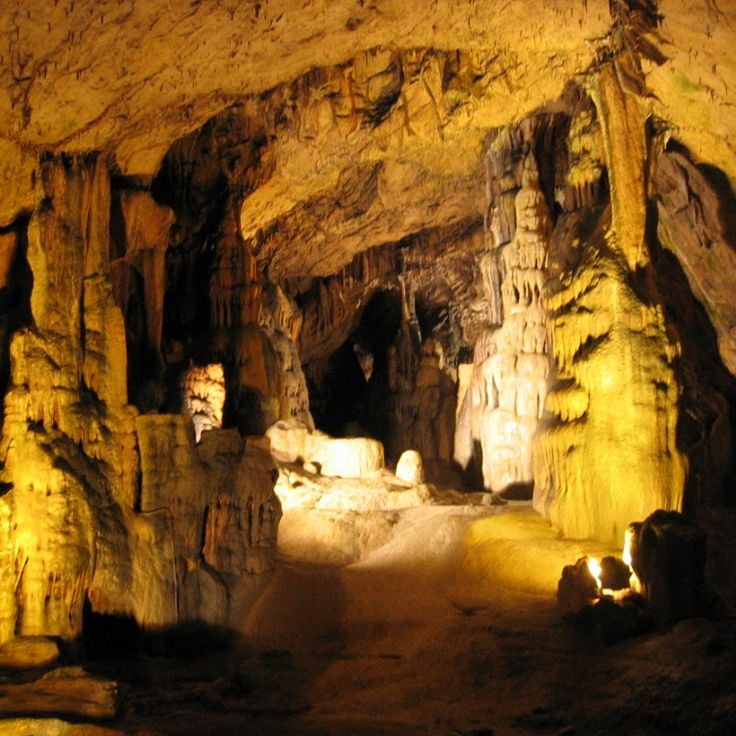
Roset-Fluans, France
This karst cave opened to visitors in 1751. The cave contains numerous calcite formations and underground lakes along 1.3 kilometers of galleries.

Châteauneuf, France
This fortress from the 12th century stands on a hill 500 meters above sea level. The keep measures 20 meters tall.
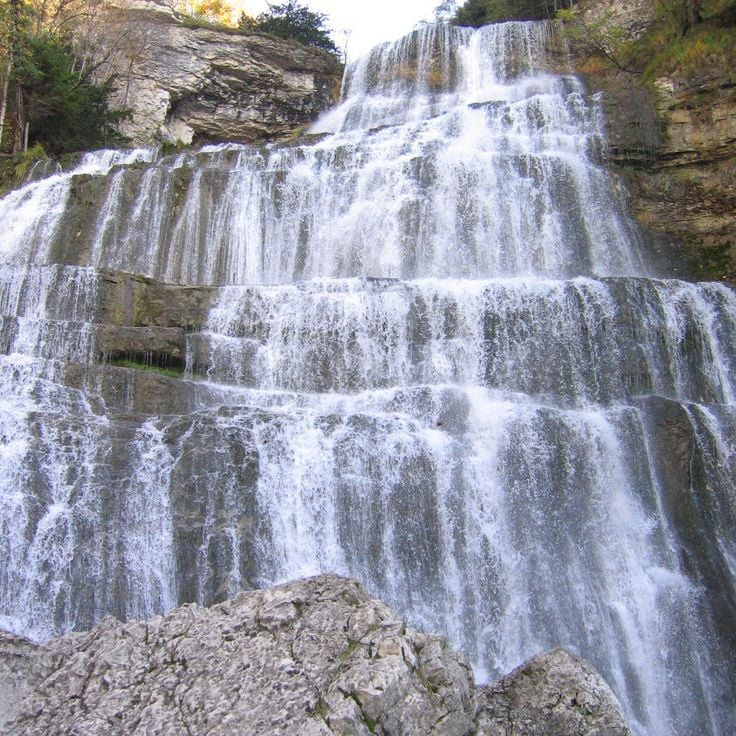
Jura, France
Seven waterfalls follow over 3.7 kilometers with a vertical drop of 255 meters. The highest measures 60 meters.

Solutré-Pouilly, France
The 493-meter limestone rock rises above vineyards. Archaeologists found remains of Paleolithic hunting camps here.

Saône-et-Loire, France
This 17th century castle features original furnished rooms, wall paintings and a garden with geometric patterns.

Jura, France
A 6th century Benedictine monastery with Romanesque church, cloister and three apses carved into the mountain.

Côte-d'Or, France
A botanical garden with water features, ponds and various plant species across eight hectares of terraced grounds.
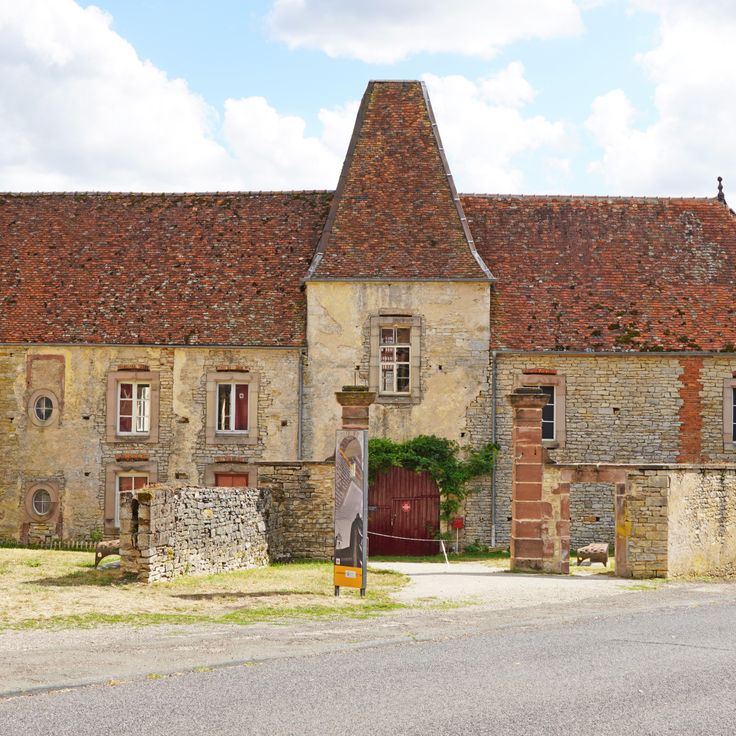
Haute-Saône, France
A 12th century Romanesque monastery with an underground chapel and historical stone carvings.
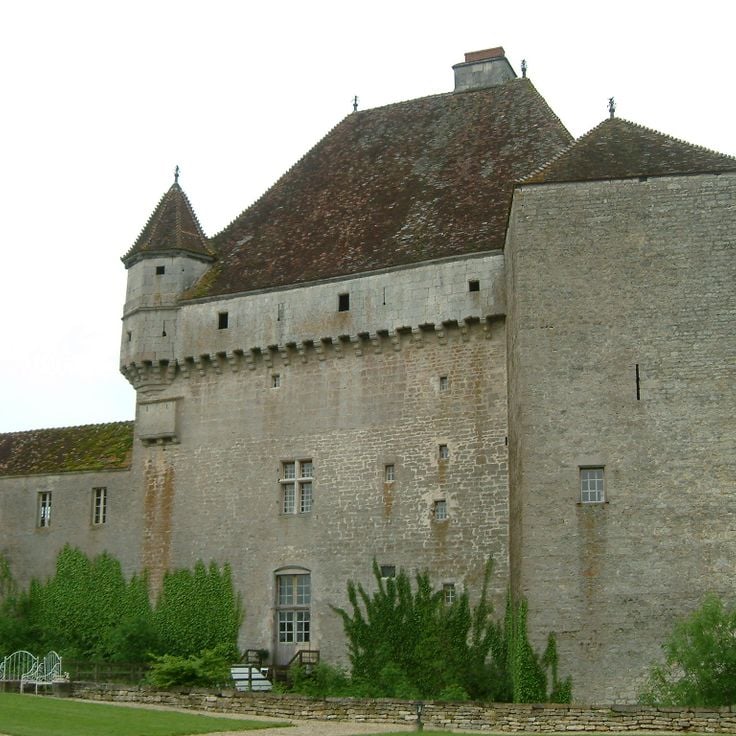
Saint-Seine-sur-Vingeanne, France
This 14th century castle stands among vineyards. The architecture reflects the influence of Burgundian noble families of the period.
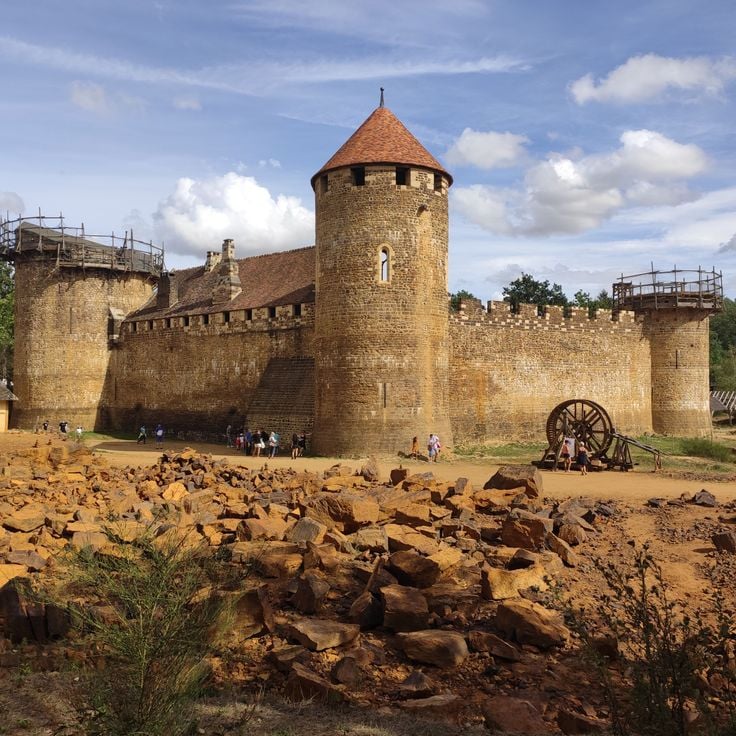
Treigny, France
An experimental construction project running since 1997. The craftsmen build a medieval castle using 13th century techniques and tools.
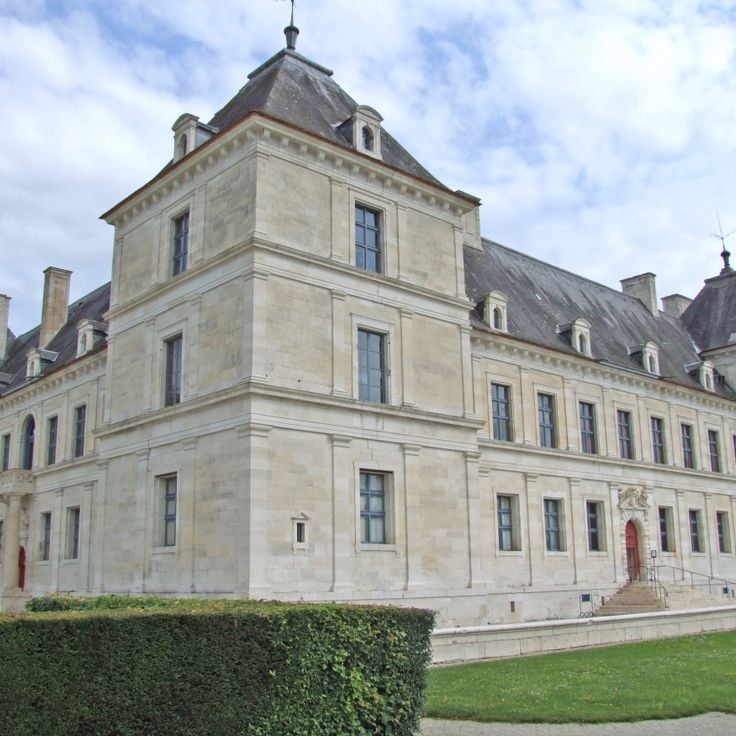
Ancy-le-Franc, France
A 16th century Renaissance palace containing 500 wall paintings inside. The collection displays scenes from mythology and history.

Anse, France
A limestone rock with a viewpoint at 200 meters altitude. From here one sees the Saône river and the Beaujolais vineyards.
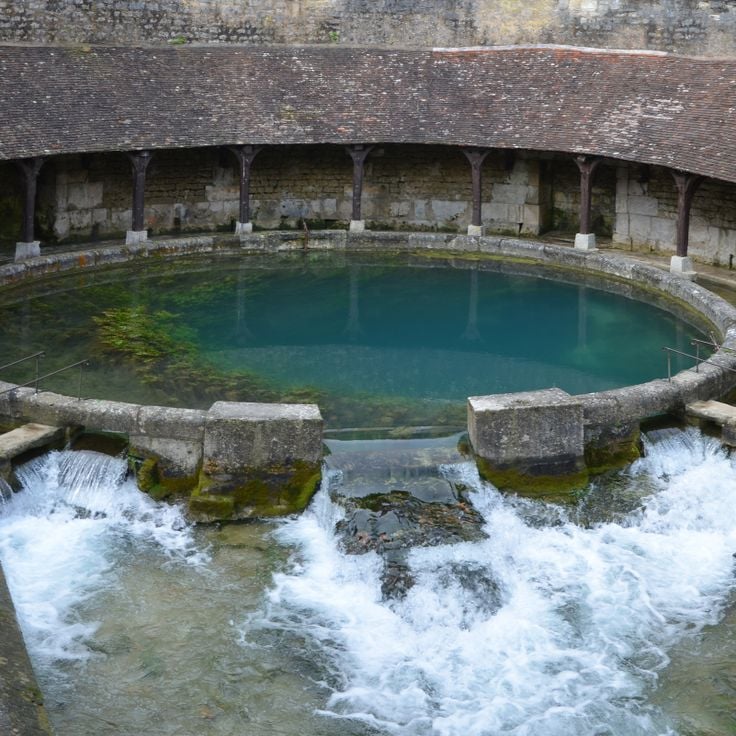
Tonnerre, France
The karst spring in the city center measures 7 meters in diameter with an unknown depth.
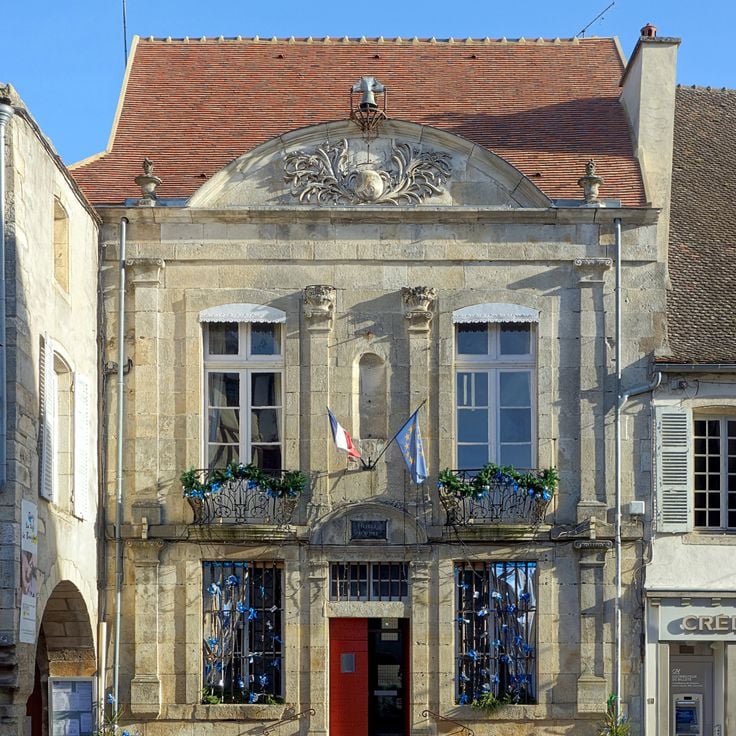
Noyers, France
The 12th-century village displays medieval architecture with timber-framed houses and fortification walls from feudal times.
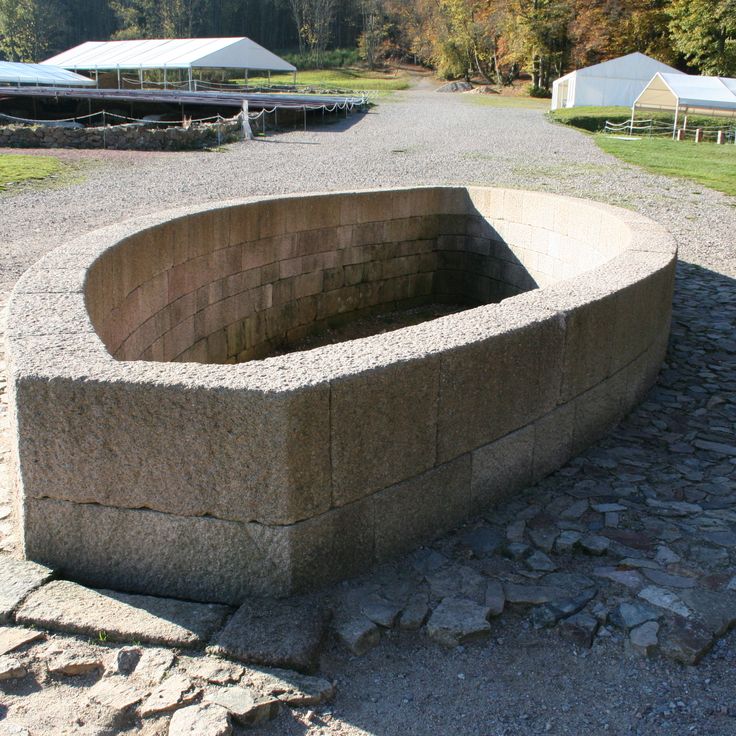
Saint-Léger-sous-Beuvray, France
The remains of the Celtic city from the first century BC spread across 200 hectares of mountainous terrain.

Bazoches, France
The 12th-century manor contains a collection of military plans and maps from Marquis de Vauban.
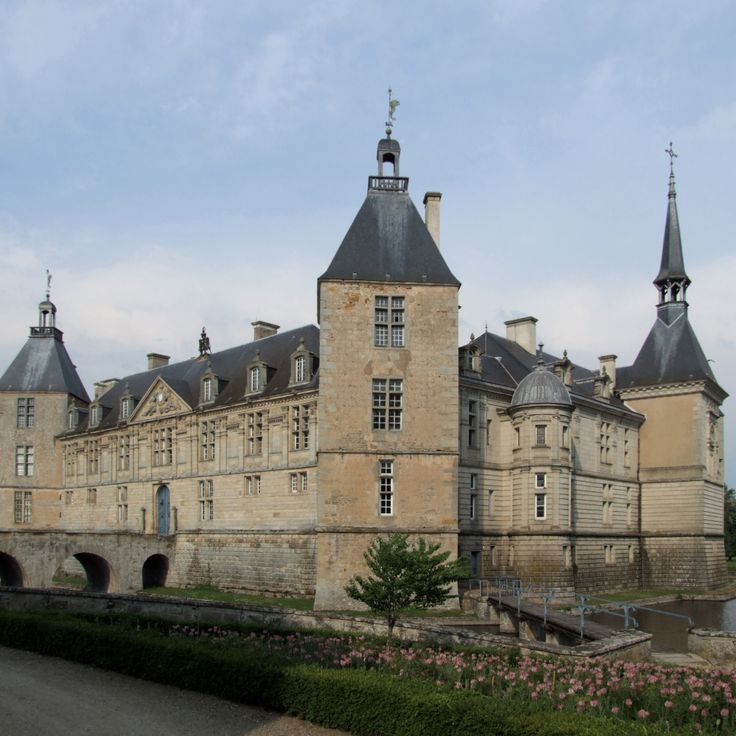
Sully, France
The 16th century castle features French Renaissance architecture and housed several generations of the Mac Mahon family.
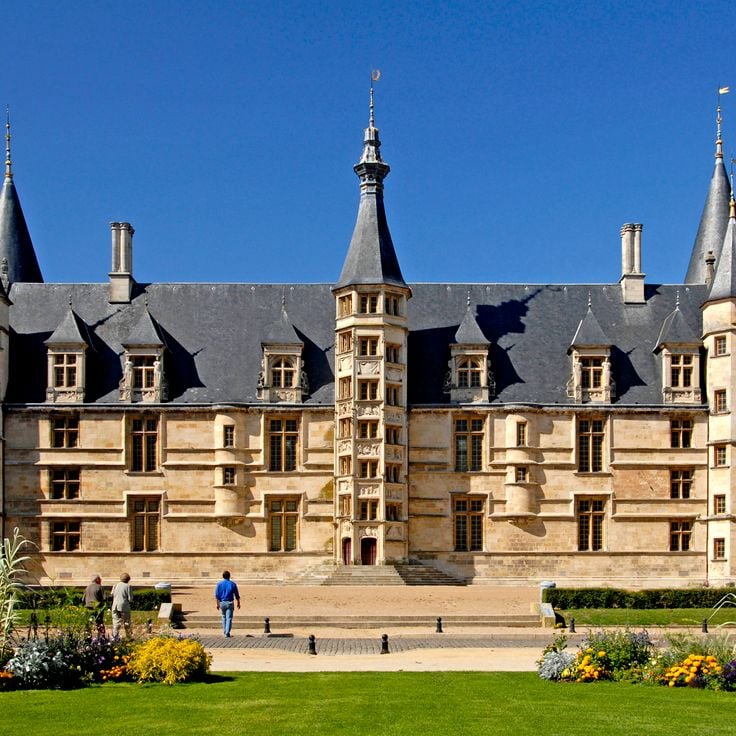
Nevers, France
The palace combines Italian and French architecture from the 16th century and stands on a hill above the Loire.
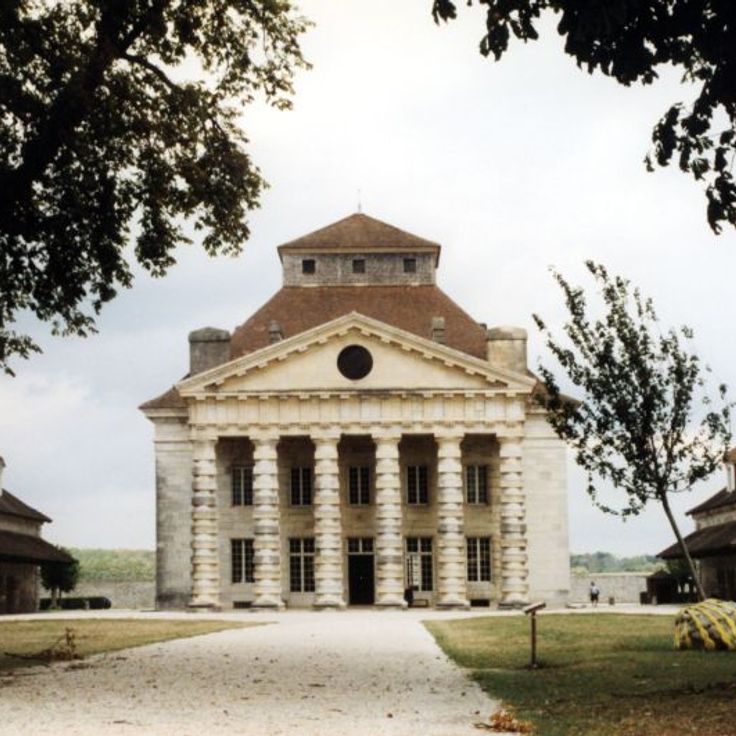
Arc-et-Senans, France
This salt factory from 1775 displays innovative production building arrangement with its semicircular shape for salt extraction.
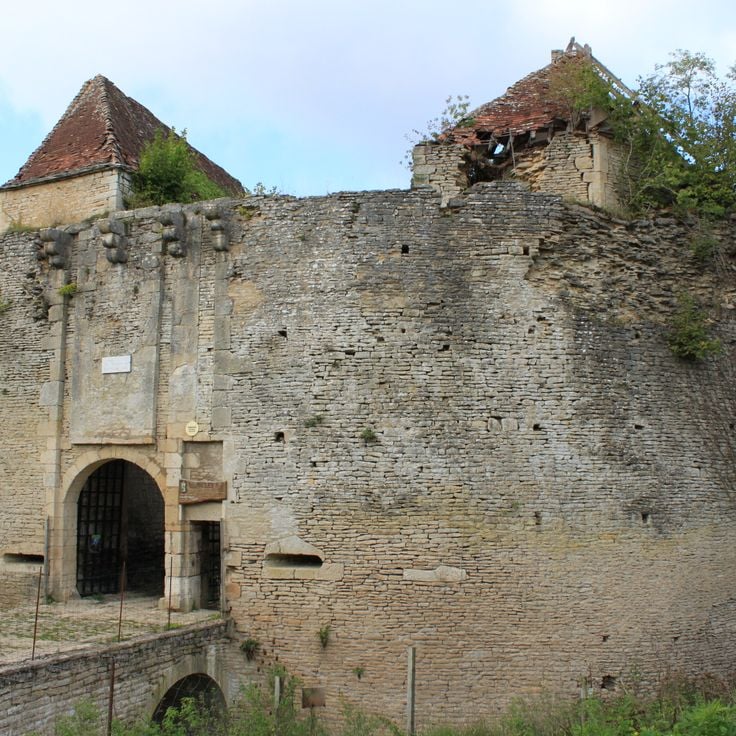
Rochefort-sur-Nenon, France
The medieval fortress was built in the 13th century and provides a view over the Doubs river valley.
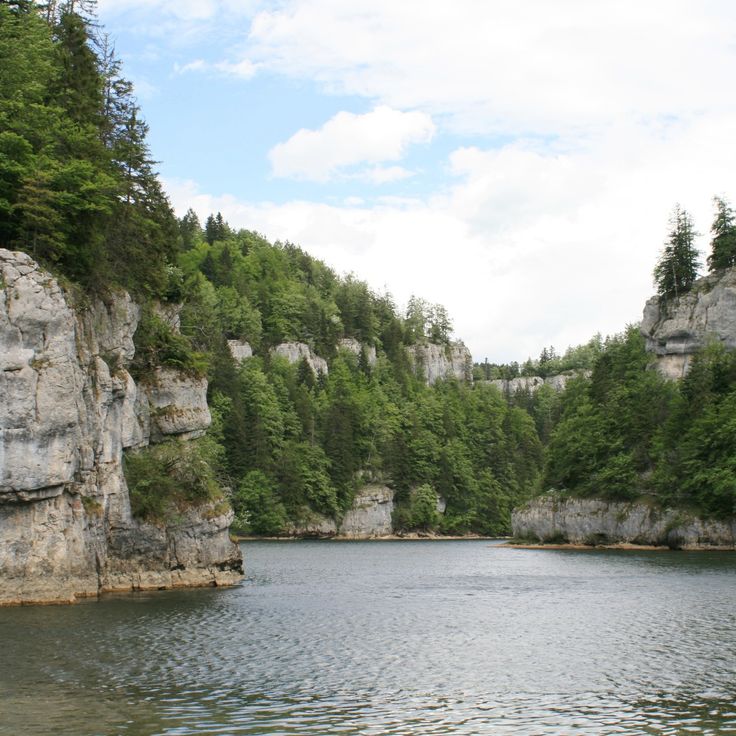
Franche-Comté, France
The gorge features steep limestone cliffs, riverside walking paths, and observation points for native birds and mammals.

Belvoir, France
The 11th-century military structure features a keep, fortifications and a courtyard with Renaissance elements.
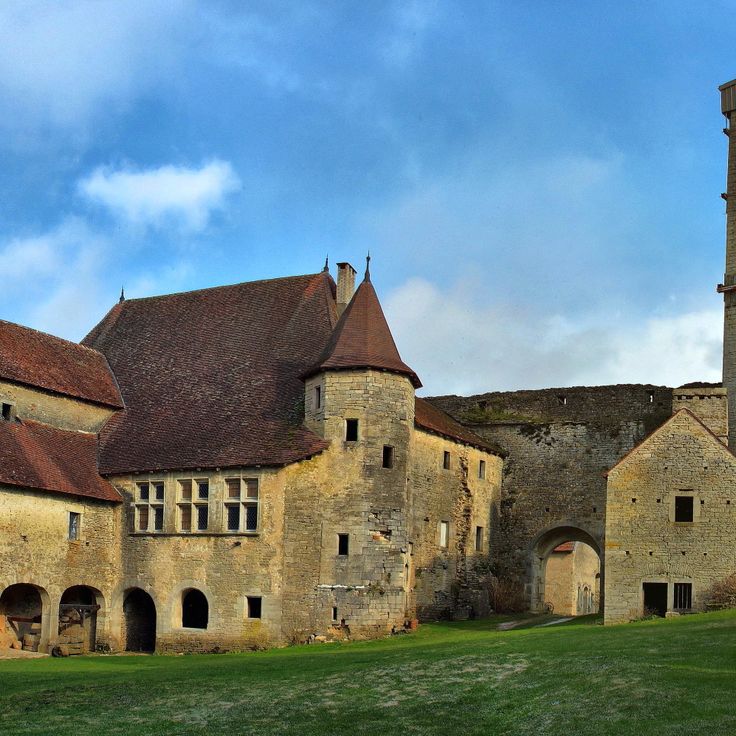
Oricourt, France
The fortress displays original construction details like arrow slits, drawbridge and two towers from medieval defensive architecture.
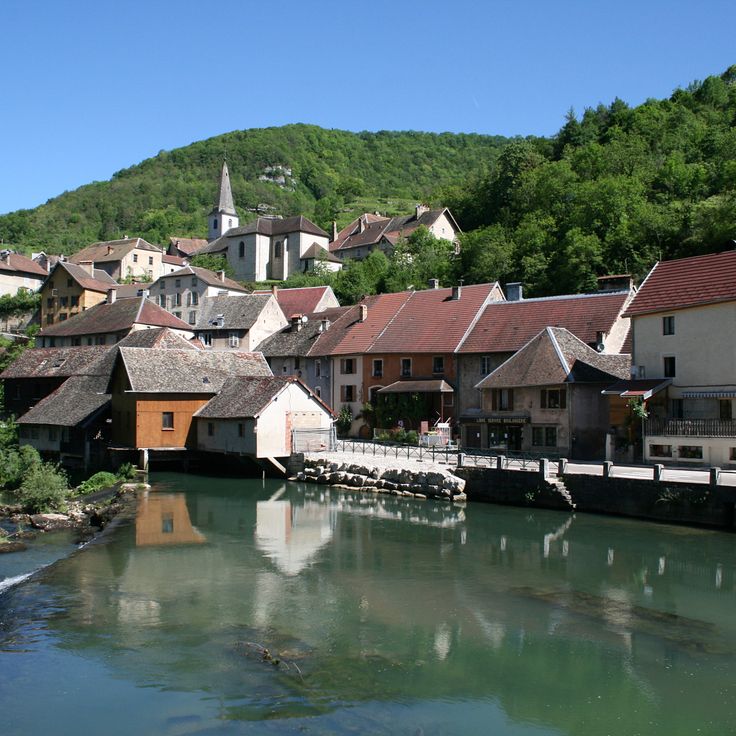
Lods, France
The village features 16th-century stone houses, hillside vineyards and a historical marketplace.
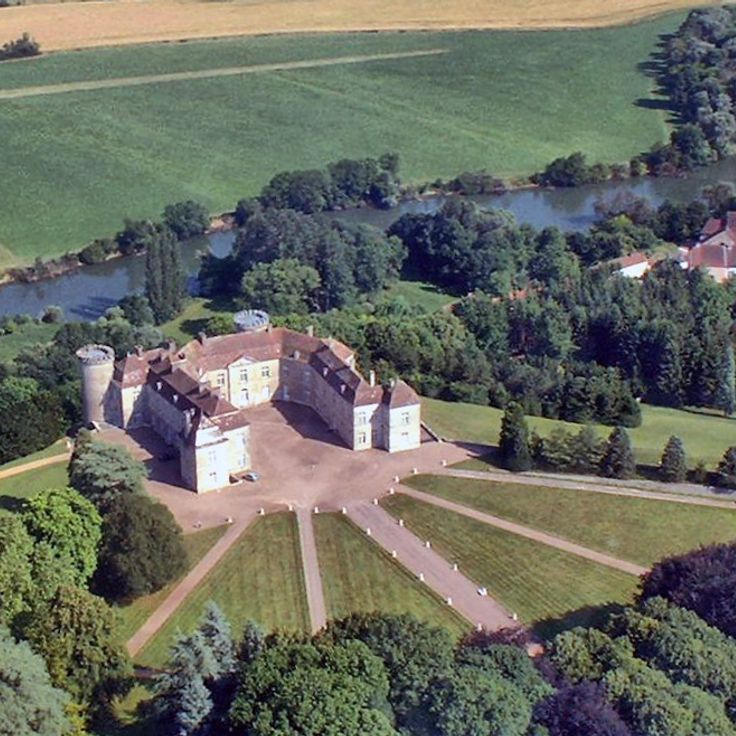
Ray-sur-Saône, France
This 18th century castle contains historical furniture, paintings and a garden with rare trees.
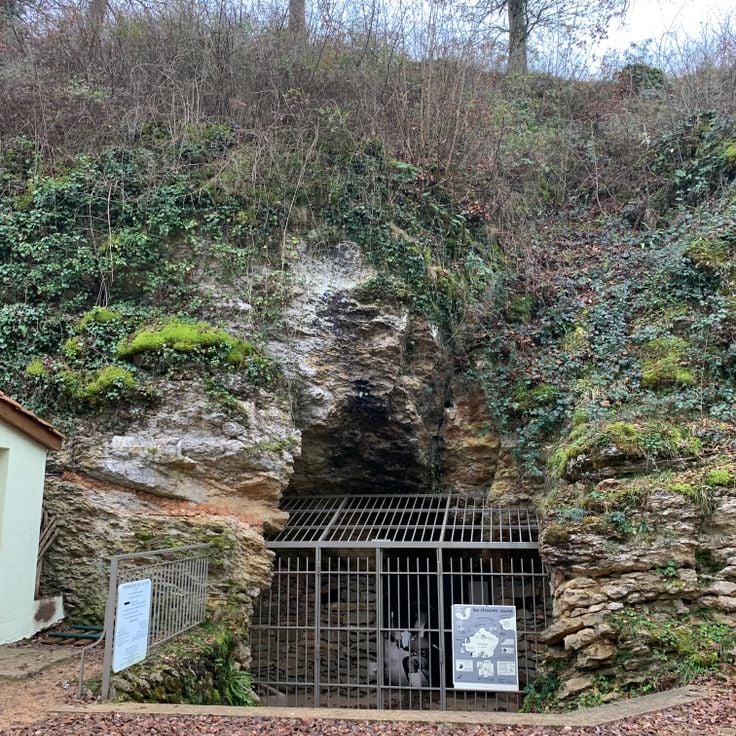
Blanot, France
Underground network of limestone caves with mineral formations that developed over millions of years.

Tournus, France
11th century Romanesque church with massive towers, frescoes and an underground crypt.

Ronchamp, France
This chapel designed by Le Corbusier in 1955 features innovative architecture with curved walls and colored glass windows.

Ornans, France
The former Episcopal palace presents French painter Gustave Courbet through a collection of his works and historical documents.
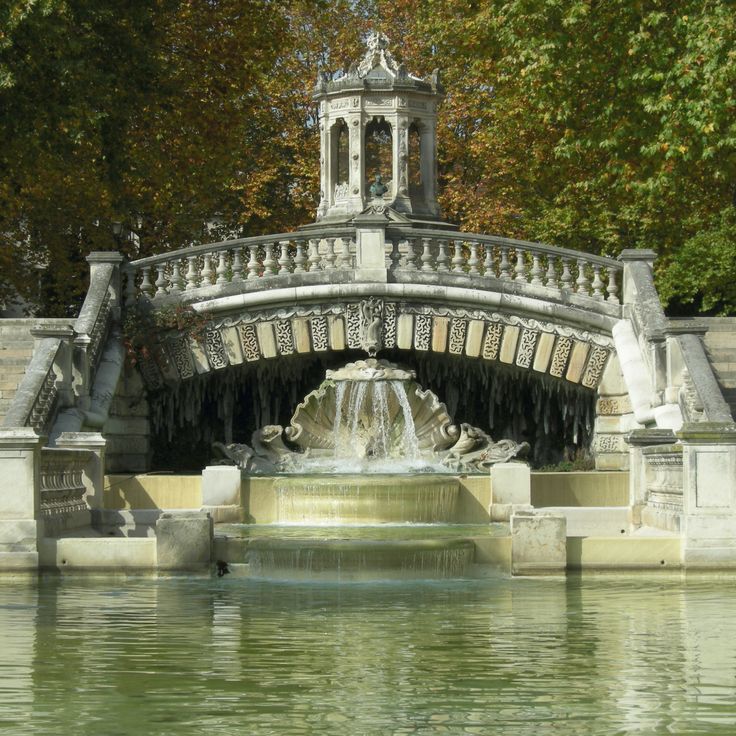
Dijon, France
A public garden designed in English style. The space was named after engineer Henry Darcy and opened in 1880.
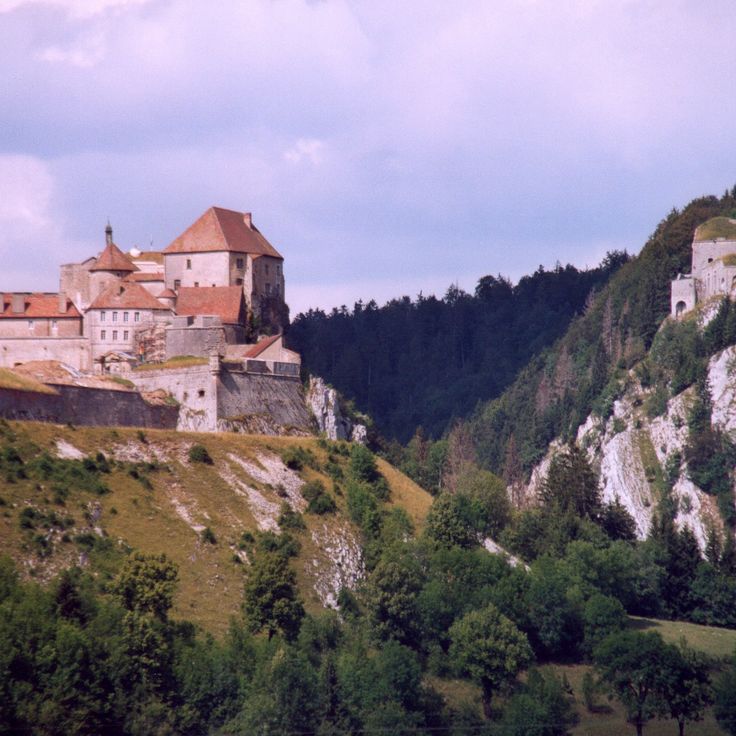
La Cluse-et-Mijoux, France
The fortress stands on a rock above Pontarlier. The medieval structure was expanded for military purposes in the 18th century.

Dijon, France
The 46-meter tower in the Ducal Palace provides a view over Dijon. The observation platform is reached by climbing 316 steps.































